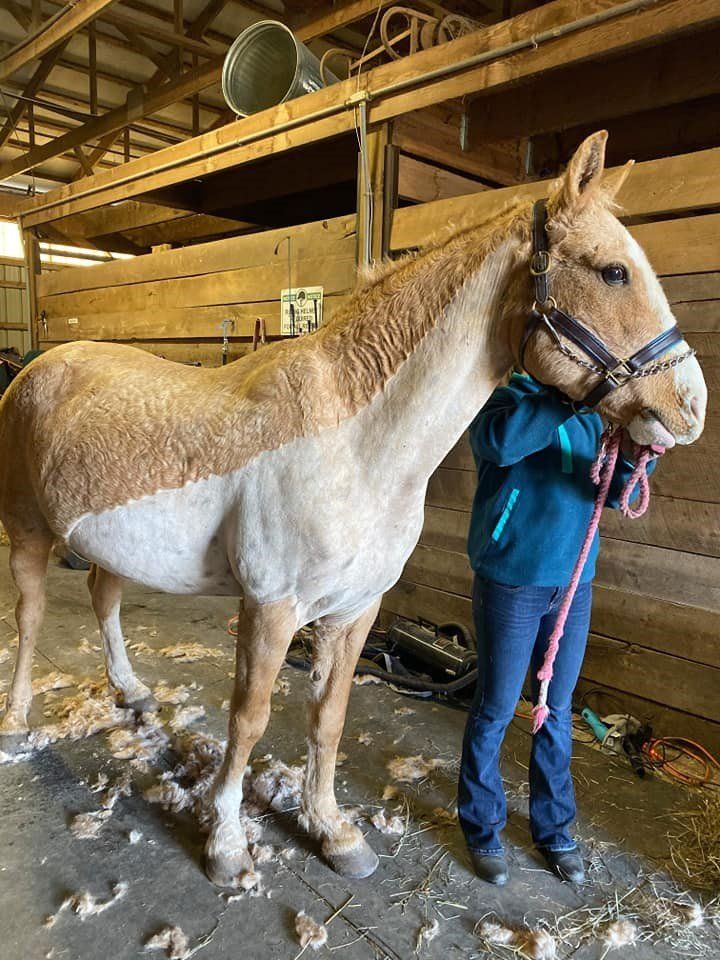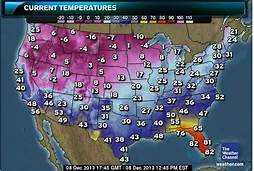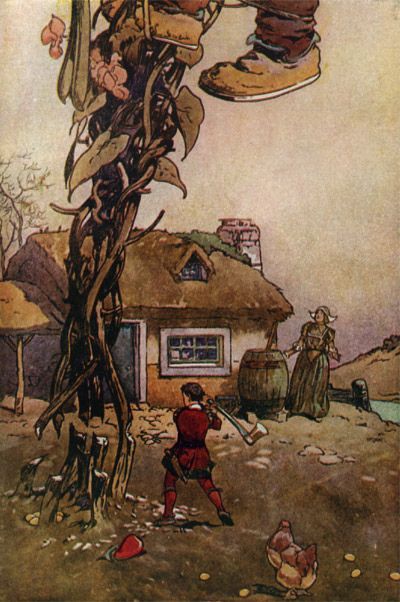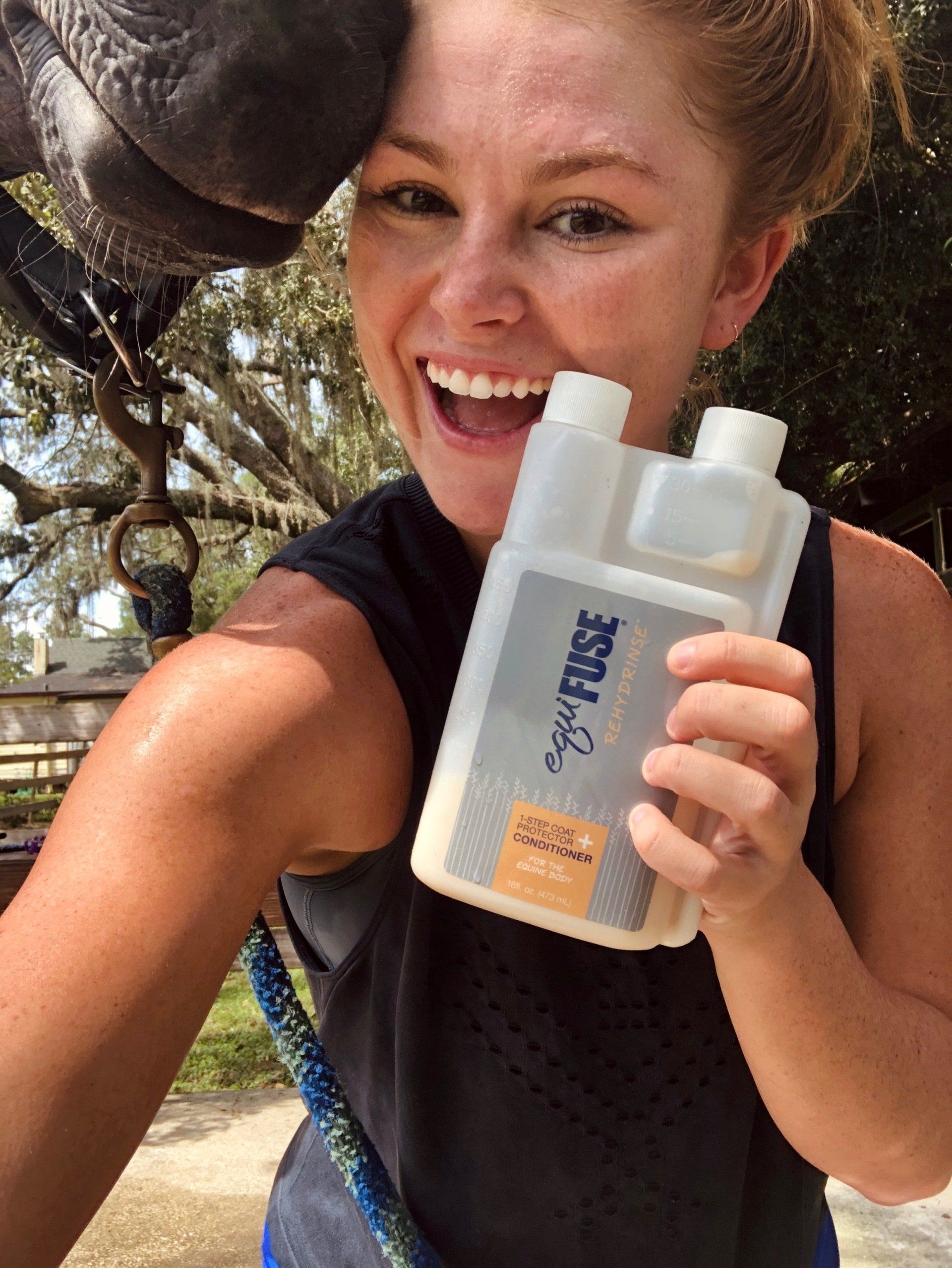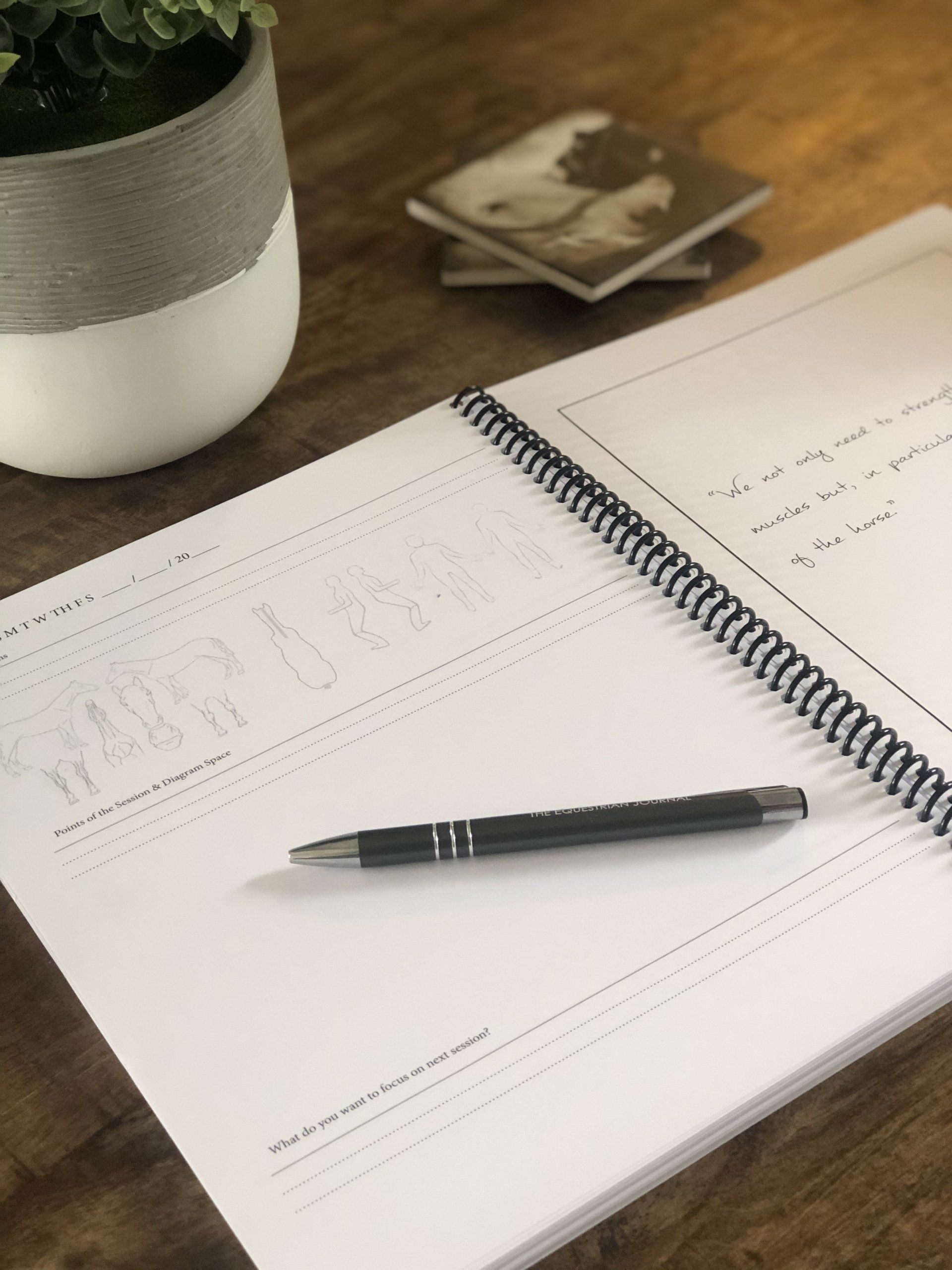How should clients prepare their horse before your visit?
Horses need to be spotless in order to achieve a great clipping. Erin says, “The day before I come, give them a good bubble bath with a high quality shampoo made for horses.” Using coat conditioners is not only ok but highly recommended. Your horse can’t be too slick! If you are lucky enough to have access to a grooming vacuum, use it to get all of the dirt under the coat. If Erin arrives and the horse is wet, sweaty or muddy, there may not be any clipping that day. The clippers will pull the horse’s hair and leads to an unpleasant experience for the horse.
What type of clippers do you recommend?
Most horses will do well with the Wahl KM-10. Some horses with thicker coats may do better with a sheep shearing type of clipper. “I did a Curly Baskir once and that was really interesting. They have a very thick coat typically with a thin mane, tail and forelock. When clipping, it leaves a beautiful scalloped pattern.”


